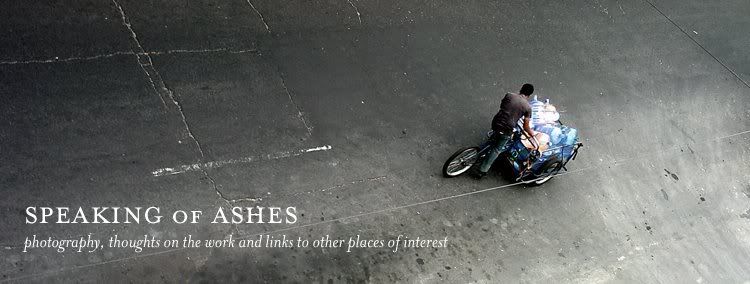painting is a way of thinking
 One of the things that is most difficult to discuss with non-artists is the nature of painting. Unlike linguistic or rational thinking, painting does not allow one to separate out ones emotions, ones prejudices and ones doubts. If those things are present they will make themselves evident in the work being done, and they will need to be dealt with realistically, even confrontationally. If they are not then the painting will be not only imperfect, but also will foist the negativity (of repressed emotion, prejudice and doubt) onto the person witnessing it.
One of the things that is most difficult to discuss with non-artists is the nature of painting. Unlike linguistic or rational thinking, painting does not allow one to separate out ones emotions, ones prejudices and ones doubts. If those things are present they will make themselves evident in the work being done, and they will need to be dealt with realistically, even confrontationally. If they are not then the painting will be not only imperfect, but also will foist the negativity (of repressed emotion, prejudice and doubt) onto the person witnessing it.
This is one reason that painters consider what they do as relevant, even supremely relevant to the current atmosphere, which is not only anti-art, but anti-emotional, highly prejudiced and filled with doubt. Painters try to experience these things in earnest and without judgement so that not only inform the work, but such that they no longer hinder the artist. Most of the painters I know consider their emotions a part of their intelligence and try to allow this kind of intelligence to be used and expressed physically during the creative act. We see this early on as the sort of lashing out emotionally that we associate with various kinds of expressionism, but the mature artist more likely experiences emotion as a profound sadness, or melancholy, or even as the hurt that precedes most of the world's anger. Indeed, a very wise teacher once told me that all anger is preceded by hurt which, left un-experienced, becomes anger.
There are other ways in which we might understand painting as a way of thinking but I will leave it there for now.
I found the cool pic via BibliOdyssey.


No comments:
Post a Comment